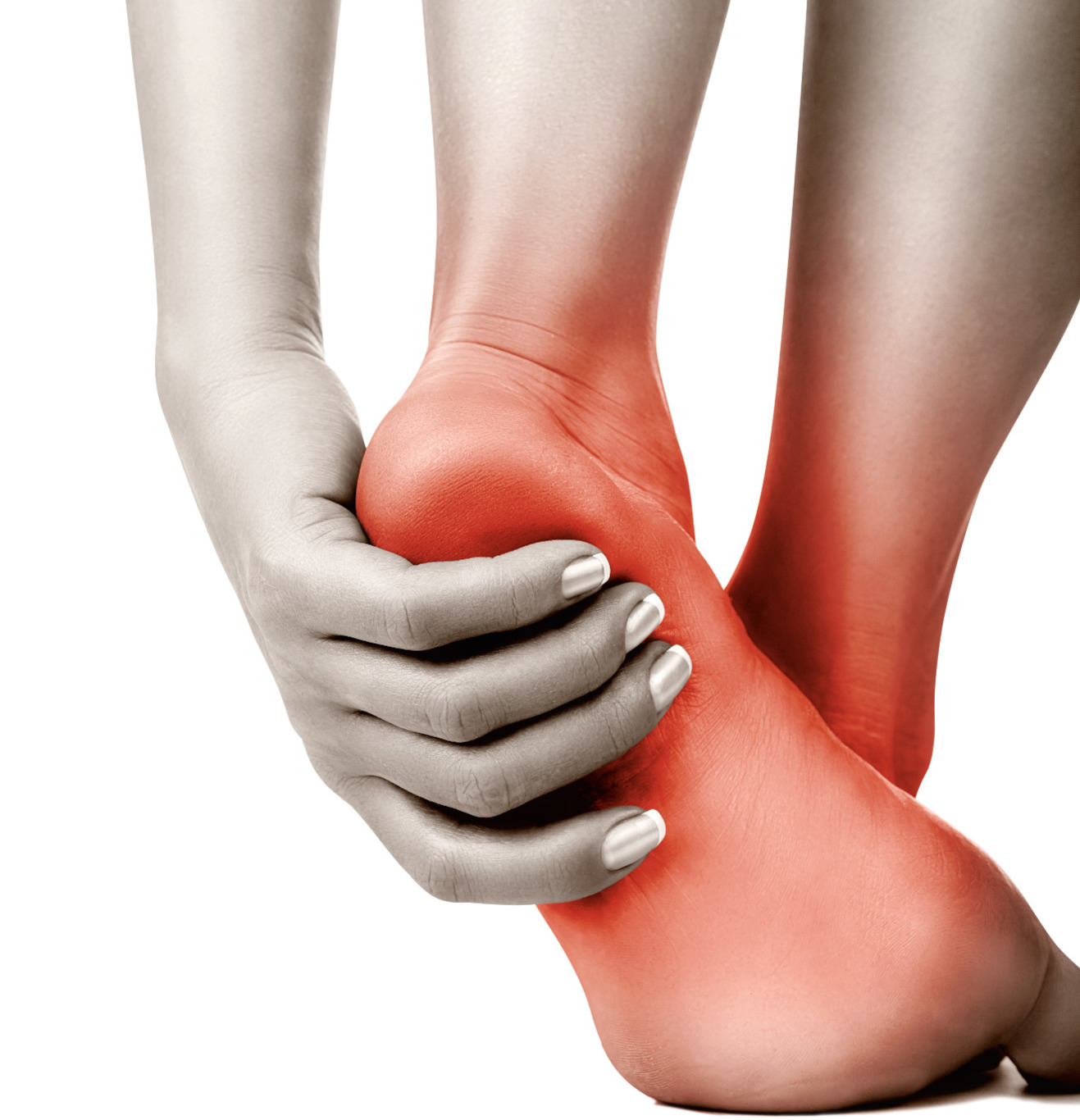What is Plantar Fasciitis?
Posted on 6th February 2019 at 16:03
The Plantar Fascia [fa-she-a] is a band of fibrous connective tissue in your foot. It is not a ligament, tendon or muscle.
The plantar fascia originates in the calcaneus (heel bone) on the plantar surface (sole) of your foot. It stretches forwards and separates into five slips each one attaching into the plantar surface of each of the five metatarsal heads which make up the ball of your foot.
Adding ‘-itis’ to any anatomical word means ‘inflammation’ E.g. Tendonitis – Inflammation of a tendon. Therefore, plantar fasciitis [fa-she-i-tis] means an inflamed plantar fascia.
The plantar fascia has the unenviable task of supporting our body through our feet. It holds the fore foot to the rearfoot and without it our feet could completely collapse.

We put our feet under immense pressure and abuse over our life and the fascia can become stretched. As it is not really made of a stretchy material it tugs where it inserts into to heel causing heel pain.
It can also tug at the area where it inserts into the first metatarsal head (near your big toe) and through the arch causing pain in these areas. If you pull back your big toe you may feel the hard edge of the fascia. Some people have little pea sized bumps along this free edge and this is where tiny tears have developed due to repetitive straining of the fascia.
Typical pain patterns in plantar fasciitis are, heel pain and pain in the arch of the foot although pain can be experiences in all areas of the plantar fascia. The pain can be worse first thing in the morning and this is due to the contraction of the tissue overnight and the sudden strain applied to the foot when placing it on a very flat surface (the floor), rising after rest pain is experienced for the same reason.
Standing for long periods can induce the pain also as can walking on some surfaces as these activities can strain the fascia.
Inflammation is destructive, so prolonged plantar fasciitis can develop micro tears, scarring and bony growths called heel spurs.
Plantar fasciitis is really a symptom of a disorder. This means that there is a root cause and it is essential to have this diagnosed. Our gait (how we walk), activity, footwear and weight can all contribute to plantar fasciitis.
Tagged as: Heel Pain, Plantar Fasciitis
Share this post:





